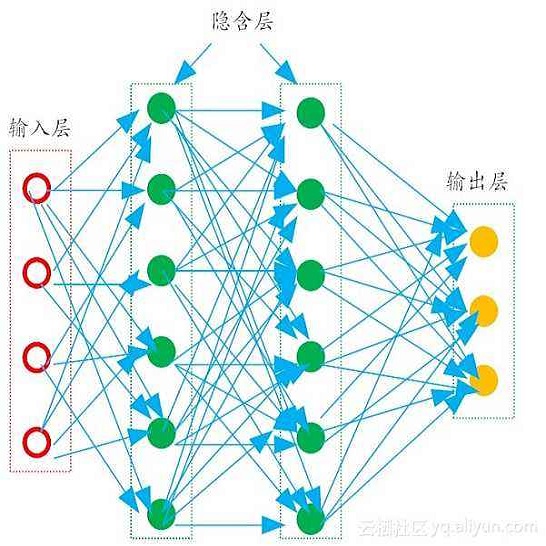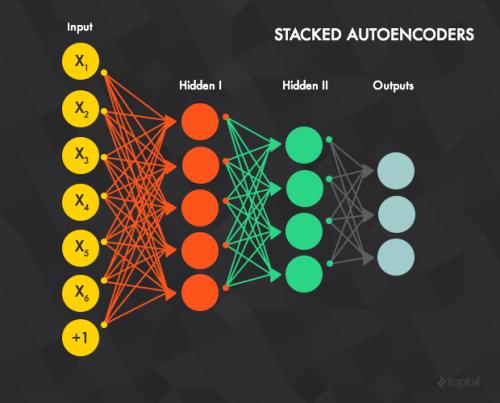Most research studies on deep learning (DL) applied to the physical layer of wireless communication do not put forward the critical role of the accuracy-generalization trade-off in developing and evaluating practical algorithms. To highlight the disadvantage of this common practice, we revisit a data decoding example from one of the first papers introducing DL-based end-to-end wireless communication systems to the research community and promoting the use of artificial intelligence (AI)/DL for the wireless physical layer. We then put forward two key trade-offs in designing DL models for communication, namely, accuracy versus generalization and compression versus latency. We discuss their relevance in the context of wireless communications use cases using emerging DL models including large language models (LLMs). Finally, we summarize our proposed evaluation guidelines to enhance the research impact of DL on wireless communications. These guidelines are an attempt to reconcile the empirical nature of DL research with the rigorous requirement metrics of wireless communications systems.
翻译:暂无翻译




